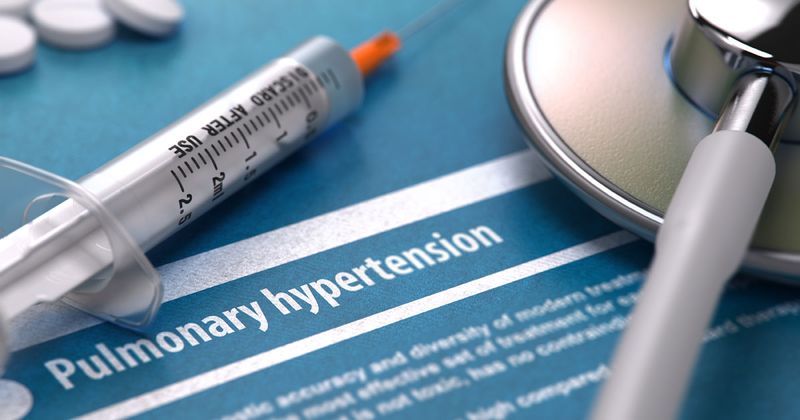Study supports lower tricuspid regurgitation velocity for pulmonary hypertension screening
New data published in Chest support a lower tricuspid regurgitation velocity of 2.7 m per second for pulmonary hypertension screening.
To assess the probability of pulmonary hypertension, guidelines from the European Respiratory Society and European Society of Cardiology recommend tricuspid regurgitation velocity cutoffs of 2.8 m per second and 3.4 m per second, and additional right cardiac chamber size.

“Recently, the Sixth World Symposium on Pulmonary Hypertension recommended that the hemodynamic threshold for the diagnosis of pulmonary hypertension be lowered, based on normative data that shows that the upper limit of normal mean pulmonary artery pressure is 20 mm Hg and increased deaths in patients with a mean pulmonary artery pressure between 20 and 24 mm Hg,” Bryce E. Montané, MD, internist in the department of internal medicine at the Cleveland Clinic, and colleagues wrote. “With the new definition of pulmonary hypertension, we hypothesized that lower tricuspid regurgitation velocity cutoffs and assessment of right cardiac chamber size could be used to improve detection of pulmonary hypertension.”
The multicenter, retrospective study included 1,608 patients who underwent echocardiography and right heart catherization within 4 weeks from 1996 to 2019 (deemed the discovery cohort) and from 2000 to 2018 (deemed the validation cohort). The discovery cohort included 1,081 patients (mean age, 57.8 years; 63.3% women) and the validation cohort included 527 patients (mean age, 52.5 years; 49.1% women).
The primary outcome was presence of pulmonary hypertension, defined as mean pulmonary arterial pressure greater than 20 mm Hg by right heart catherization.
The researchers reported that, in the discovery cohort, echocardiographic tricuspid regurgitation velocity had a good discrimination for pulmonary hypertension (area under the curve, 88.4).
Use of the 3.4 m per second threshold yielded a 78% sensitivity, 87% specificity and 6.13 positive likelihood ratio for detection of pulmonary hypertension in the discovery cohort , according to the results. Use of the 2.7 m per second threshold yielded a 95% sensitivity and a 0.12 negative likelihood ratio for exclusion of pulmonary hypertension.
In the validation cohort, use of the 2.7 m per second threshold yielded an 80% sensitivity and a 0.31 negative likelihood ratio to exclude pulmonary hypertension. In addition, researchers observed right cardiac size improved the detection of pulmonary hypertension among patients in the lower tricuspid regurgitation velocity groups.
“Our aggregate data suggest a lower tricuspid regurgitation velocity threshold of 2.7 m/s to screen for pulmonary hypertension,” the researchers wrote. “In addition, our study supports current guidelines; right cardiac chamber size, when used in combination with tricuspid regurgitation velocity, can improve probability assessment for the diagnosis of pulmonary hypertension, particularly in patients with a lower tricuspid regurgitation velocity.”
